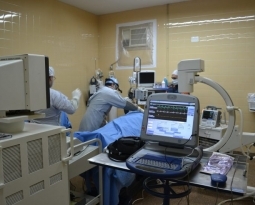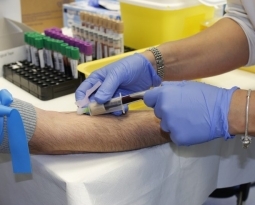Pennsylvania Patent of the Month – October 2023
In the world of orthopedics and bone structure treatments, innovation is the key to improving patient outcomes and quality of life. Tyber Medical, LLC, an orthopedic device manufacturer, is making significant strides in this field. They have introduced a remarkable medical device that is changing the way adjacent bone structures are joined, offering new hope to patients with digital deformities such as hammer toe.
The newly patented small joint fixation device consists of a first implant portion and a second implant portion connected to it. What makes it even more fascinating is the driver assembly that’s removably attached to the distal end of the second implant portion. This driver assembly includes a drill, setting the stage for a transformative procedure.
The method of joining adjacent bone structures begins with the provision of this innovative medical device. The process is both intricate and efficient. It starts with inserting the driver assembly into a driver device and then precisely placing the first implant portion against the first bone structure. The insertion of the first implant portion into the bone structure follows seamlessly, and here’s where the magic happens.
What’s truly impressive about this method is that it doesn’t require pre-drilling the bone structure. Instead, the driver assembly, equipped with a drill, is used to create an opening in the adjacent bone structure. This minimizes the invasiveness of the procedure and potentially speeds up recovery times for patients.
Tyber Medical’s invention is a game-changer in the realm of digital deformity treatments. It streamlines procedures, reduces the need for extensive pre-drilling, and offers an innovative approach to joining adjacent bone structures.
Are you developing new technology for an existing application? Did you know your development work could be eligible for the R&D Tax Credit and you can receive up to 14% back on your expenses? Even if your development isn’t successful your work may still qualify for R&D credits (i.e. you don’t need to have a patent to qualify). To find out more, please contact a Swanson Reed R&D Specialist today or check out our free online eligibility test.
Who We Are:
Swanson Reed is one of the U.S.’ largest Specialist R&D tax advisory firms. We manage all facets of the R&D tax credit program, from claim preparation and audit compliance to claim disputes.
Swanson Reed regularly hosts free webinars and provides free IRS CE and CPE credits for CPAs. For more information please visit us at www.swansonreed.com/webinars or contact your usual Swanson Reed representative.

















